Environmentalists around the state are mourning the sudden death of Phil Ingamells, who died suddenly at home last month.
Phil spent a decade in Castlemaine in the nineties, and was active in the local campaign for a Box-Ironbark national park. He was a foundation member of FOBIF, and was a power behind numerous local initiatives, including the Mamunya arts festivals, and promotion of good information about the goldfields. For the last 20 years he has been a campaigner for the Victorian National Parks Association. Here is a statement from the VNPA:
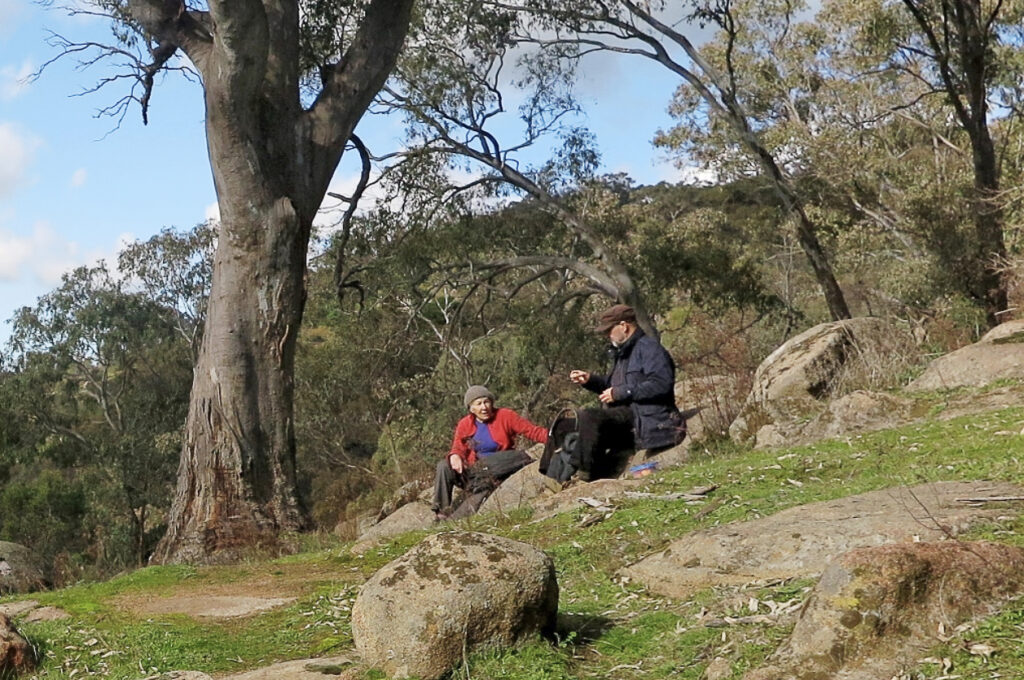
Phil Ingamells with Deirdre Slattery on Mount Alexander 2023: his knowledge of protected areas around the state was unequalled.
‘Philip Clark Ingamells was a legend in conservation circles and a tireless campaigner for parks and nature. We all owe him a great debt of gratitude for his work. Nature in Victoria is better for his efforts, and we are all the wiser. A thoughtful, persuasive writer and eloquent speaker, he played a critical role in protecting Victoria’s natural places and national parks.
‘With his rare skill for clearly explaining complicated (and often dry) policy conundrums, Phil’s pieces in Park Watch transported us to the heart of Victoria’s natural places. He was a warm friend and colleague, a lover of robust conversation and argument – a talent that was not lost on ministers and officials alike.
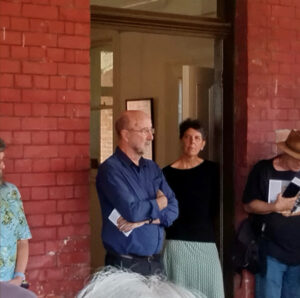
Phil Ingamells addressing FOBIF’s 25th gathering at Newstead this year. Keynote speaker Alison Pouliot is on the right.
‘With expansive skills and knowledge honed over the past two decades at VNPA and beyond, Phil played a key role in numerous park management plans. He filled his hours advocating for action to protect the incredible wildlife and places he spent so much time in, be that hiking, photographing or surveying.’
Phil never lost his connection with the Mount Alexander region, and was a consistent source of support and inspiration for FOBIF in its campaigns for better management of our bushlands. He is already badly missed.
There will be a public memorial held for Phil at 12pm on Thursday 14 September in Eltham. Please RSVP https://events.humanitix.com/memorial-service-for-philip-ingamells

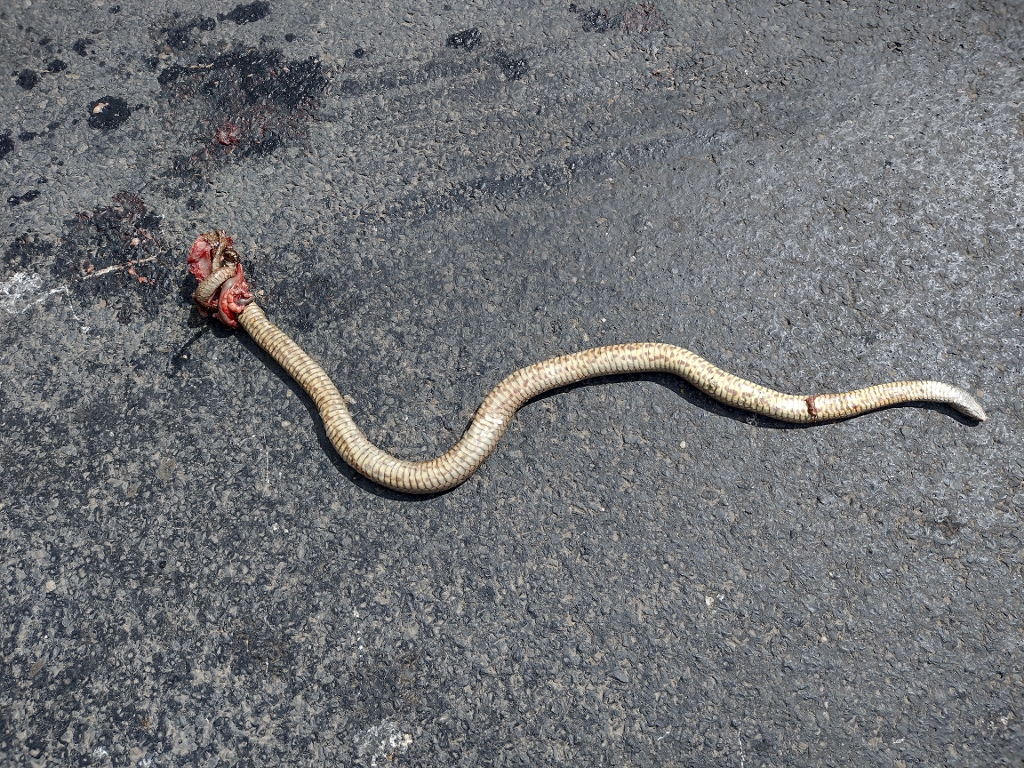
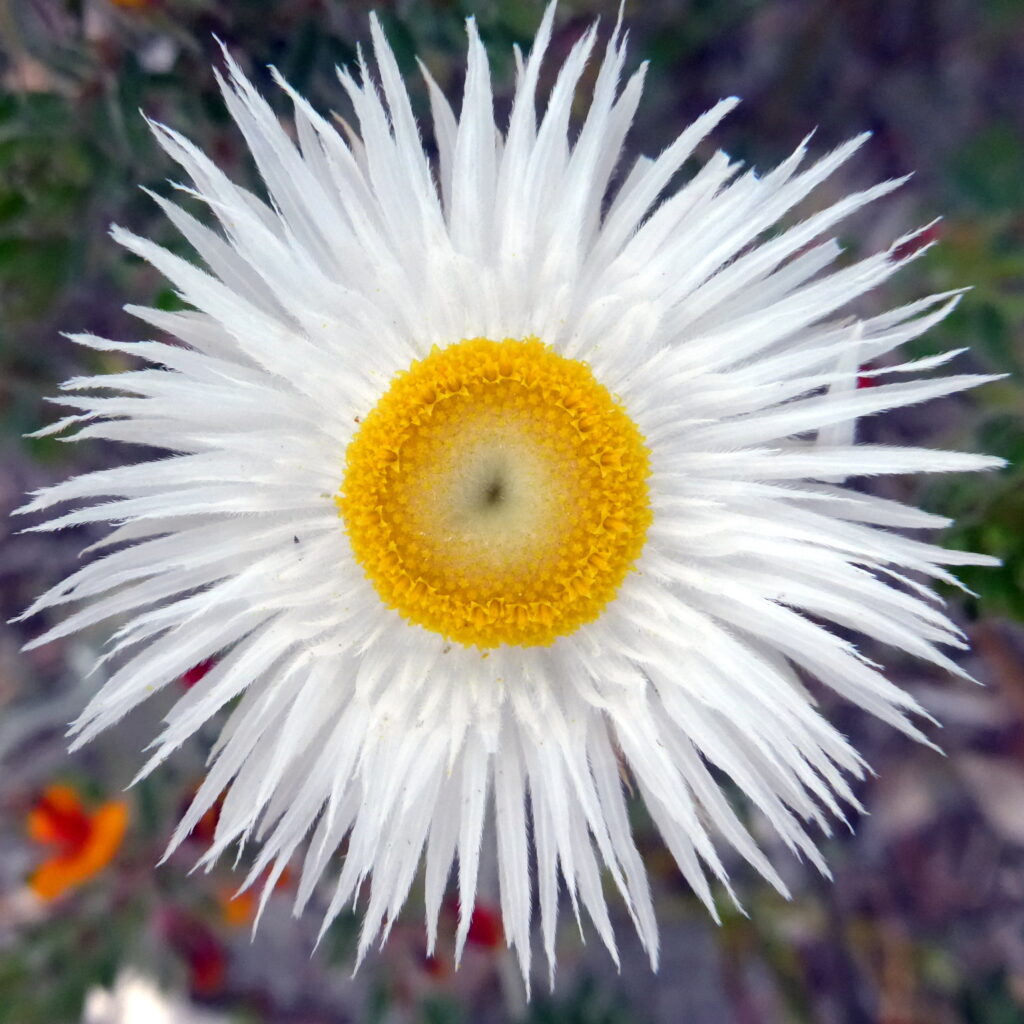
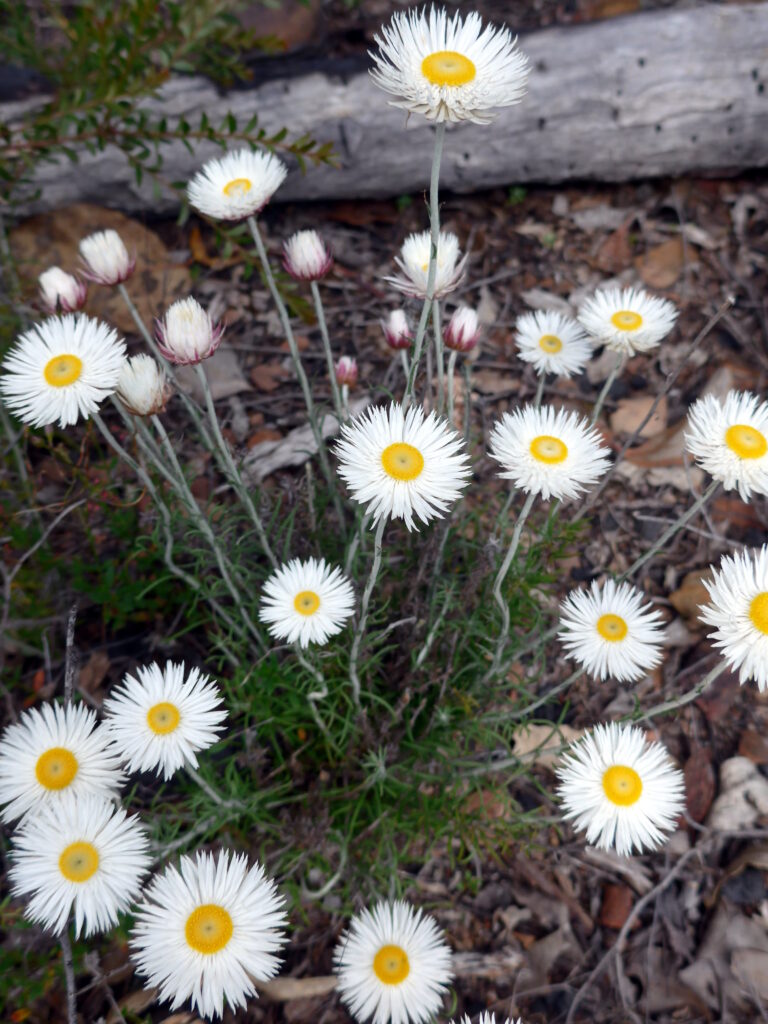
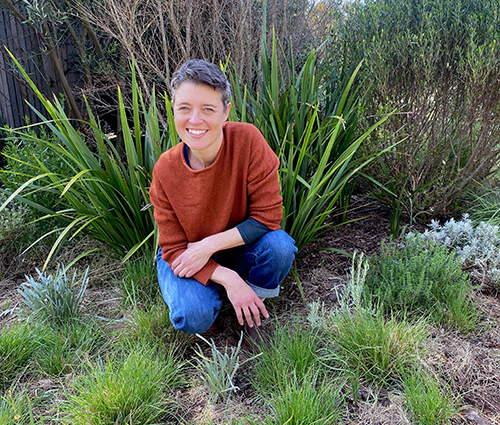
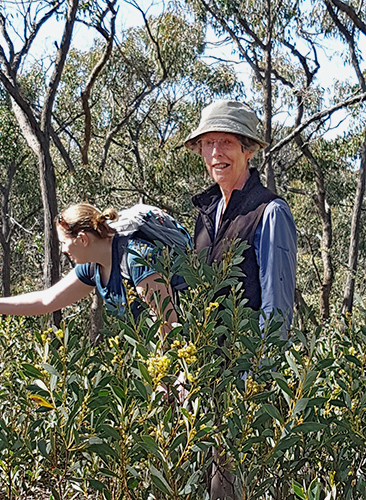
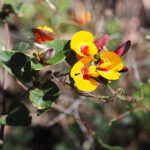
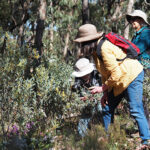
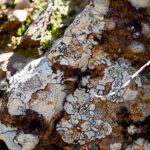
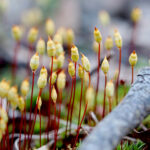
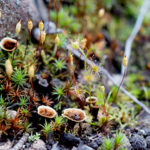
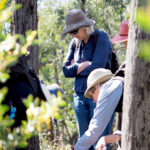
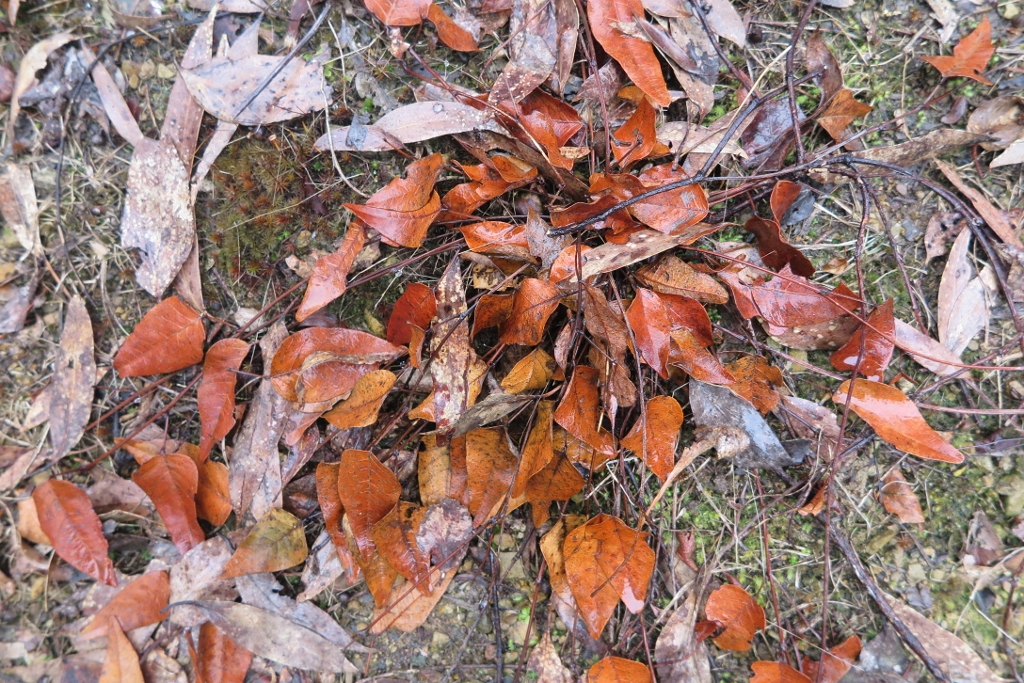
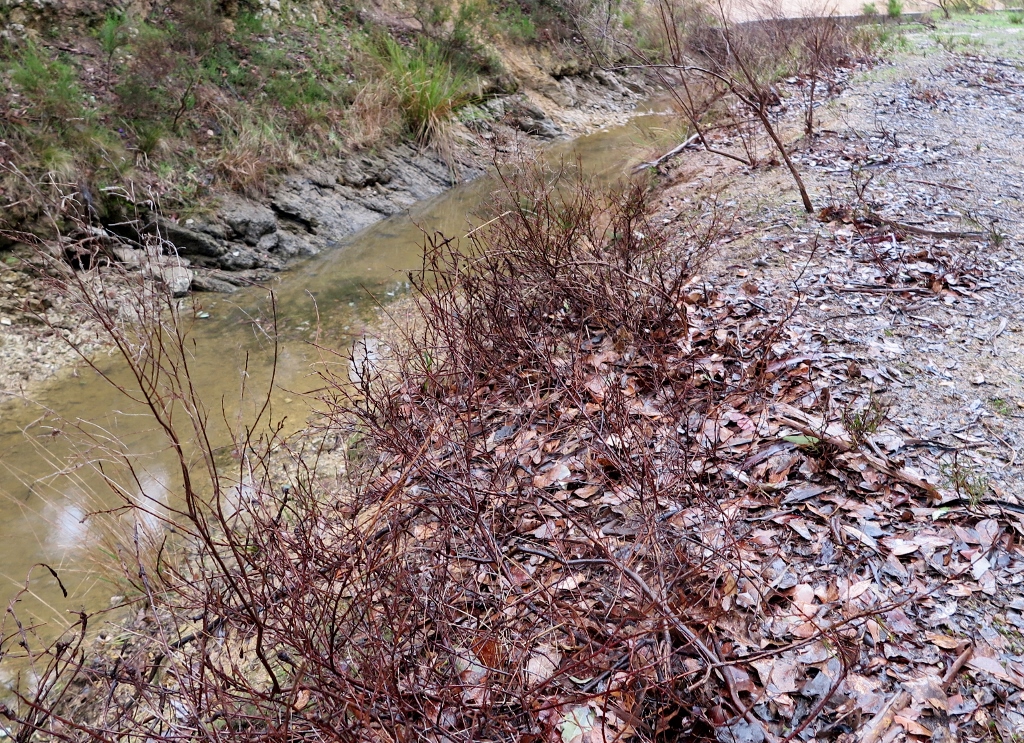
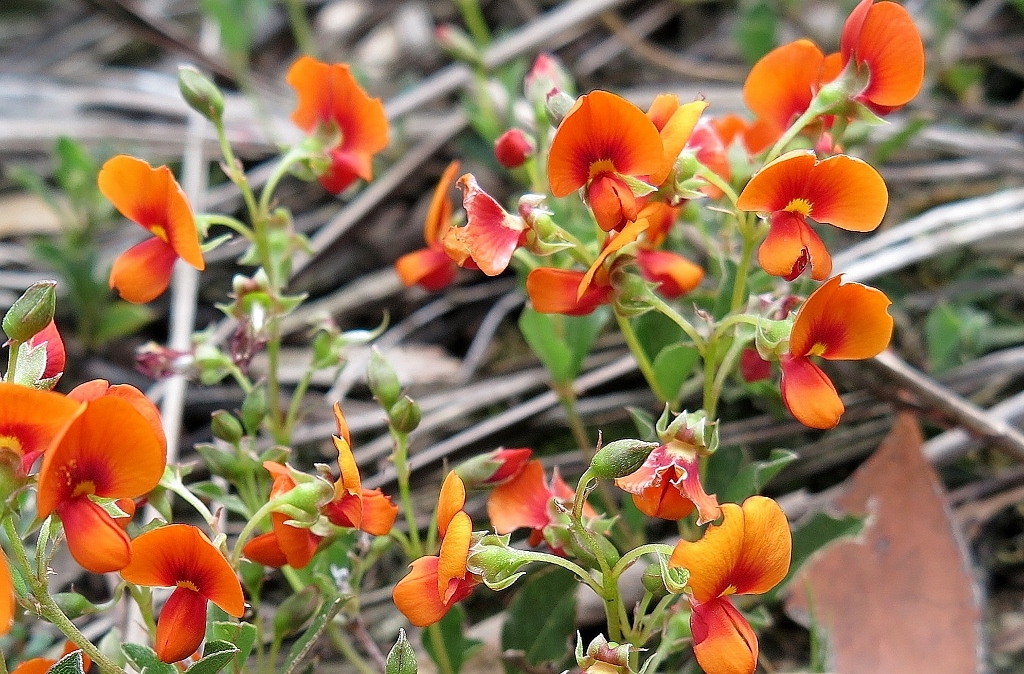





 Click on image for info/order page
Click on image for info/order page Click on image for info/order page
Click on image for info/order page Click on image for info/order page
Click on image for info/order page




















